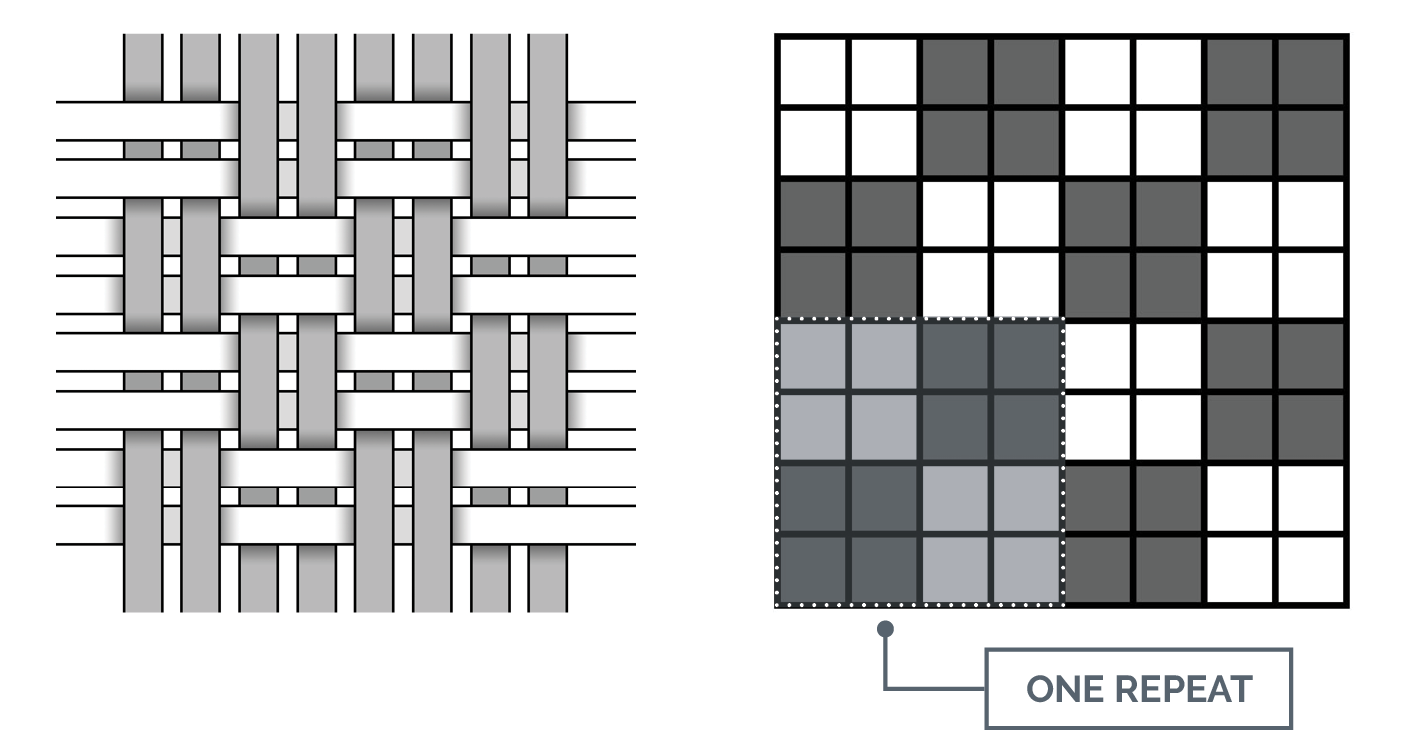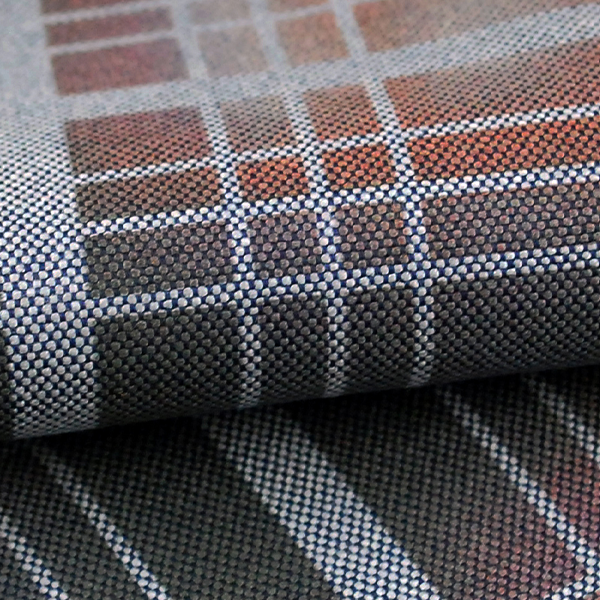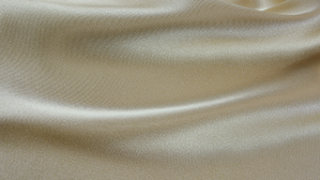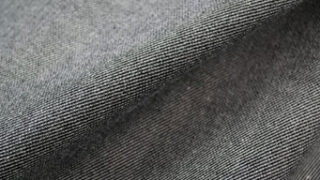Plain Weaves
Appearance of Plain Weaves
Plain weave is the most commonly used and simplest weave design. One warp yarn weaves over one weft yarn and under the next one, and the adjacent warp yarn weaves in the opposite manner, under one weft yarn and over the next one. For the graphic rendering of a plain weave design, each vertical column has a filled-in block followed by an empty block.
The plain weave can be represented by the notation 1/1, meaning that each warp yarn goes over one individual weft yarn and then under the next successive weft yarn. Adding the numbers 1 plus 1, we can say that the plain weave design repeats on 2 warp yarns and 2 weft yarns.
The plain weave has more interlacing (or crossover points) than the other basic weaves. Plain weave fabrics, therefore, tend to be stiffer, with less drape. However, the fabric is very stable, resulting in few issues with skew, seam slippage, picking, or snagging. Some common plain weave fabrics are chambray, broadcloth, canvas, and sheeting.
The plain weave is one of the oldest, simplest, and most widely used weaves. It repeats on two ends and two picks. Two harnesses are needed to produce the plain weave.

Plain Weave
Plain Weave Variations
Basket Weave
The basket weave is a derivative of the plain weave, with groups of yarns weaving over and under one another. In the most common basket, each group consists of two yarns, and the pattern is classified as a 2 x 2 basket weave design. This has a repeat of four ends and four picks. Two ends weave over two picks as one.
Fabric woven in this design has more texture and better drape, but is not as stable as the simple plain weave fabric.


Oxford Weave (2 x 1 Basket Weave)
The Oxford weave design is sometimes referred to as a 2 x 1 basket weave. Two warp ends weave as one, over and under single picks. A derivative of the plain weave, the Oxford weave is a common construction for shirting.
Most Oxford fabrics have about twice as many ends per inch as picks per inch and a finer warp yarn with a heavier filling yarn.
The basic Oxford weave usually uses thicker weft yarns and finer warp yarns, often with the filling yarn left natural and the warp yarn dyed. Pinpoint Oxford fabric uses yarns of the same size for the warp and weft, and the yarns tend to be much finer, producing a finer woven structure than the basic Oxford weave fabric. Pairs of warp yarns weave together, typically drawn through the same heddle, weaving over and under individual weft yarns.


TERMS TO KNOW (click to flip)
The simplest but most important of all weaves. Repeats on two ends and two picks. Each end weaves one pick…
view in glossaryA variation of the plain weave where two or more warp yarns weave as a plain weave. Example: 2 x…
view in glossaryA variation of a plain weave where two warp ends are weaving as one in a plain weave, over and…
view in glossary

